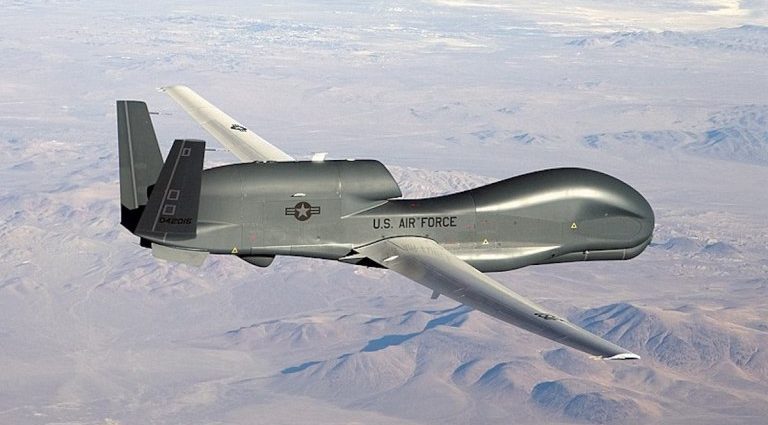On May 24th a Ukrainian unmanned naval drone, stuffed with high explosives, headed for the Russian intelligence ship Ivan Khurs. That ship was on duty guarding the Turkstream pipeline. The Russians fired at the drone and it exploded in dramatic fashion. The Russians say there were two other drones, which they claim its warship destroyed.
Pro-Ukrainian sources are saying that the Ivan Khurs was damaged and is returning to port. There is a video that alleges it is from one of the drones that hit the ship, but it has not been confirmed and may be fake. The only place this video could have come from would have been the Ukrainian drone operators, yet it did not appear from a known source.
The assumption is this attack was intended to remove the Russian protective cover for the pipeline so Ukraine could blow up the Turkstream pipeline unimpeded. There would be no other reason to launch such an attack, in the author’s view.

There are a number of disturbing facts about this operation.
The first is that the Ukrainians were preparing to attack the Turkstream pipeline and needed to knock out the Russian ship helping to guard it. Turkstream moves natural gas at an annual capacity of 31.5 billion cubic meters and consists of two 930-kilometer offshore lines and two separate onshore lines that are 142 kilometers (88.2 miles) and 70 kilometers long.
One of the customers for Russian gas from this pipeline is Hungary. It would deal a substantial blow to Hungary if Turkstream were destroyed, and that could lead to a government upheaval in that country. Hungary, under Viktor Orbán, is regarded by Washington as pro-Russian.
If you should think this looks a little like the case of the Nordstream pipeline, you would not be wrong. The difference is that this was aimed as a political attack on Turkey and Hungary – not to sell US LNG to either, as was the case with Germany.
The Ivan Khurs is equipped with specialized sensors and communications gear. If it should detect a threat to the pipeline it would call in Russian air strikes against the intruder.
The Ukrainians carried out this operation in the Bosporus, around 80 miles from the Turkish mainland. It is reasonable to say that this attack wasn’t just on the Russians, but it was the first part of an attack on a NATO ally, Turkey and other gas consumers, especially Hungary – also a NATO ally.
The long distance from Ukraine proper suggests that Ukraine would have needed real-time intelligence to locate the Russian ship and target it.
Here comes the disturbing part. Reportedly there was a US RQ-4 remotely piloted surveillance aircraft in the vicinity of this incident. The RQ-4 could have provided real-time targeting information and also could have relayed the same information to the Ukrainian unmanned naval drone. While there is no hard evidence that the RQ-4 played any role, how else could Ukraine have managed this operation?

Ukraine does not have long-range surveillance capabilities and depends on US intelligence assets for them. Moreover, it is well known that the US and/or US allies have been systematically providing targeting information to the Ukrainians. Two plus two adds up to four, unless there is another explanation.
The Russians are not above shooting down US drones, but they have done this over the Black Sea only where the US drones have threatened the security of Crimea or other critical areas where there are Russian forces. If the RQ-4 actually played a role in the preparation for this pipeline attack, the Russians may well change their attitude and start threatening the security of the Black Sea and Bosporus, or even beyond.
Just as the Nordstream operation took a huge risk, now we have yet another that might be even more serious. While the Germans were threatened and cowed by the United States and shut up about who did Nordstream, the Turks are different. Recep Tayyip Erdoğan, the Turkish President (now facing a runoff election), can play hard and tough.
Such provocations are dangerous and risky.
Stephen Bryen is a senior fellow at the Center for Security Policy and the Yorktown Institute. This article was originally published on his Substack, Weapons and Strategy. Asia Times is republishing it with permission.

